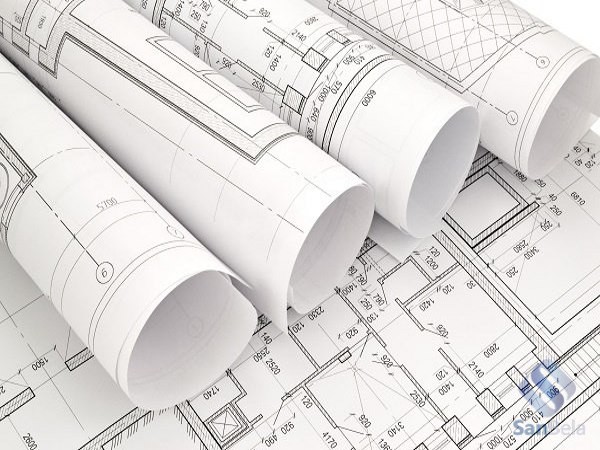We offer our clients general design of cleanrooms, from conceptual design to working documentation.
A carefully developed conceptual design provides a clear basis for making further decisions.
During preparation of conceptual project, the initial data and their analysis play a key function. Inadequacy of primary data can lead to incorrect decisions.
When developing conceptual design, all technological solutions will be adopted in accordance with GMP, the requirements of local regulations, as well as Customer’s data and recommendations.

